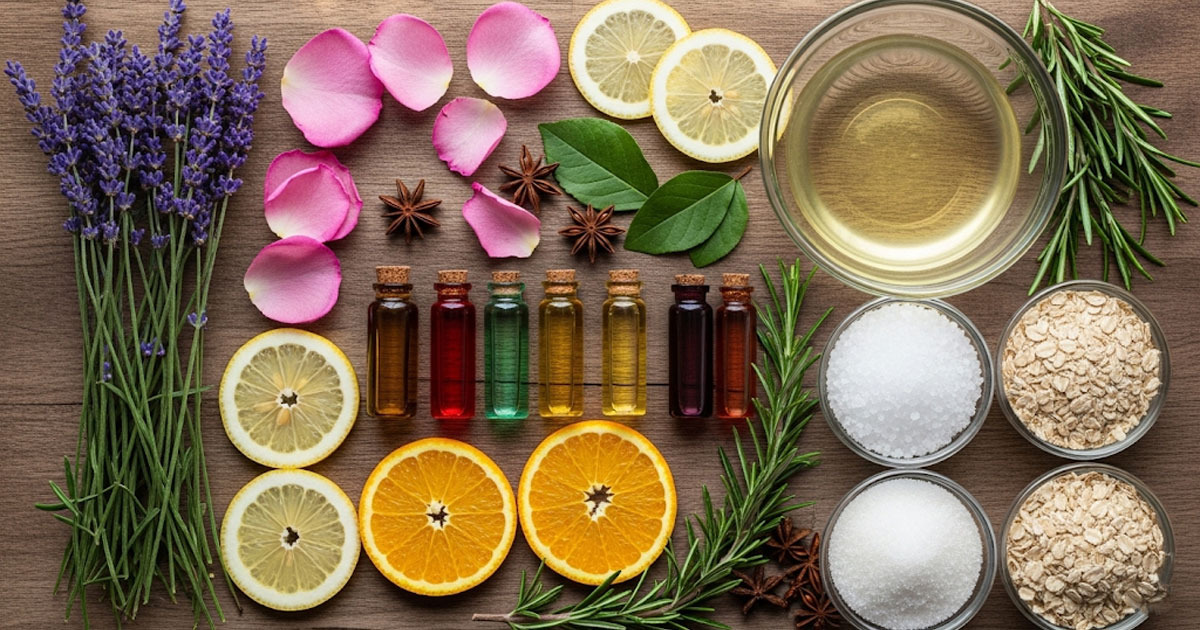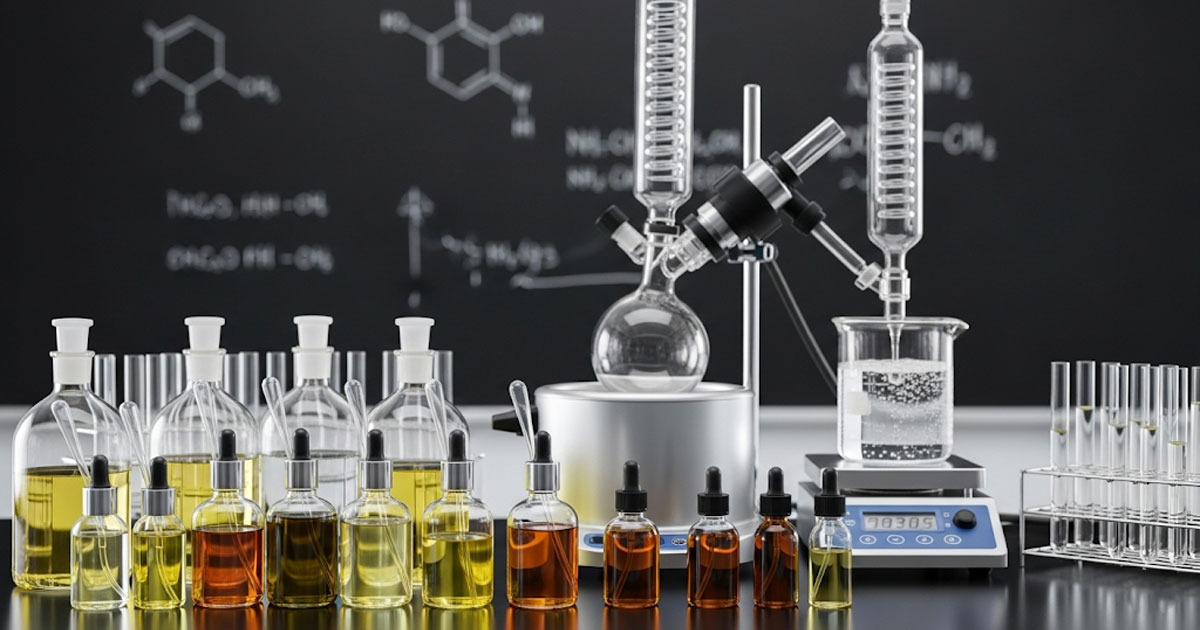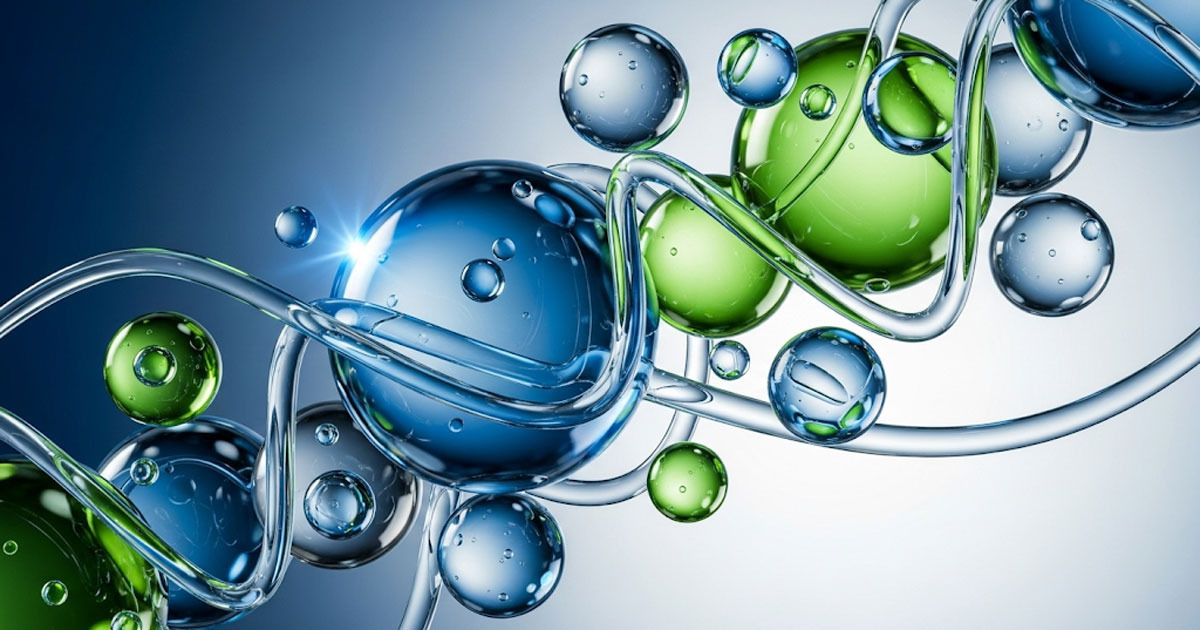The New Standard: Long-Lasting Fragrance in Hair Care
In the competitive world of personal care, fragrance is no longer just a pleasant add-on it’s a core driver of consumer preference. The scent of hair care products, once fleeting, is now expected to persist long after rinsing. This demand for lasting olfactory experience is reshaping product development, pushing formulators to integrate cutting-edge actives designed for both hair benefits and fragrance retention. Today’s consumer seeks multi-functional benefits.
They want shampoos, conditioners, and styling products that not only cleanse and treat hair but also leave it smelling fresh for hours if not days. To meet this expectation, cosmetic scientists are leveraging novel actives that enhance the adhesion, release, and longevity of fragrance molecules in hair fibers.
A growing number of these actives are derived from natural polymers, bio-based silicones, and fragrance encapsulation systems. Their innovation lies in balancing performance with sensory delight, all while maintaining compatibility with modern clean beauty standards.
Key Technologies Behind Fragrance-Enhancing Actives
Fragrance Encapsulation Systems
One of the most revolutionary advances in fragrance longevity is encapsulation. Microencapsulation and nanocapsules allow fragrance compounds to be protected and released gradually during hair movement or environmental exposure. These systems are highly efficient in conditioners and leave-in treatments.
Cyclodextrins cyclic oligosaccharides are frequently used carriers. They form inclusion complexes with volatile fragrance molecules, shielding them from evaporation and oxidation. Upon application, moisture or friction triggers the release, delivering a controlled and prolonged sensory experience.
Some leading fragrance houses now offer pre-encapsulated fragrance formats tailored for rinse-off and leave-on hair products. These systems can be further customized by adjusting the encapsulation matrix based on product pH and texture.
Silicone Derivatives and Hair Surface Modifiers
Silicones, especially modified amino silicones and alkyl-functional silicones, are renowned for forming a smooth, hydrophobic film over the hair shaft. This barrier not only improves shine and manageability but also anchors fragrance molecules, reducing rapid volatilization.
Innovations in biodegradable silicone alternatives, like sugar-modified polysiloxanes and natural silicone mimetics, are enabling eco-conscious brands to claim fragrance performance without compromising on sustainability. Additionally, quaternary conditioning agents such as polyquaternium-10 or -67 also play a role. Their cationic nature allows them to bind to negatively charged hair surfaces, creating a base for fragrance adherence and enhancing longevity.
Synergistic Effects: Fragrance + Functional Benefits
Botanical Extracts With Dual Action
Several plant-derived actives are being studied not only for their hair health benefits but also for their ability to fix fragrance. Guar hydroxypropyltrimonium chloride, a common conditioning polymer derived from guar beans, has shown potential to enhance scent retention while offering softness.
Other extracts like moringa seed peptides and tamarind polysaccharides are being incorporated for their anti-pollution properties, which prevent environmental odor absorption and preserve product fragrance for longer periods. Natural gums such as xanthan and sclerotium also contribute to viscosity modification and act as passive film-formers, enhancing fragrance tenacity indirectly.
Scalp Microbiome Balance and Fragrance
Interestingly, the condition of the scalp microbiome can influence how fragrance performs. A healthy microbiome ensures fewer malodors and allows the intended scent profile to shine through. Prebiotic actives like inulin and postbiotics like lactobacillus ferment lysates are increasingly popular in hair care bases, indirectly contributing to better fragrance perception over time.
Considerations for Product Developers
The integration of fragrance-boosting actives must account for formulation compatibility, regulatory compliance, and target market expectations. These actives must perform under various surfactant systems, withstand manufacturing processes, and remain stable over shelf life.
Moreover, sensory testing is vital. Performance evaluation through consumer panels or trained fragrance assessors can validate the claims of long-lasting scent. New metrics such as “fragrance half-life on hair” are being explored to support marketing narratives with quantifiable data.
Fragrance longevity is no longer just a luxury it’s a benchmark for modern hair care excellence. Brands that successfully merge performance, sensorial appeal, and sustainability in their formulas are poised to lead the category.




